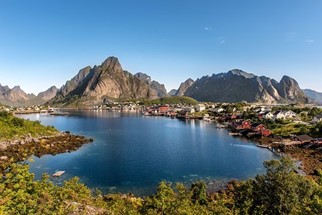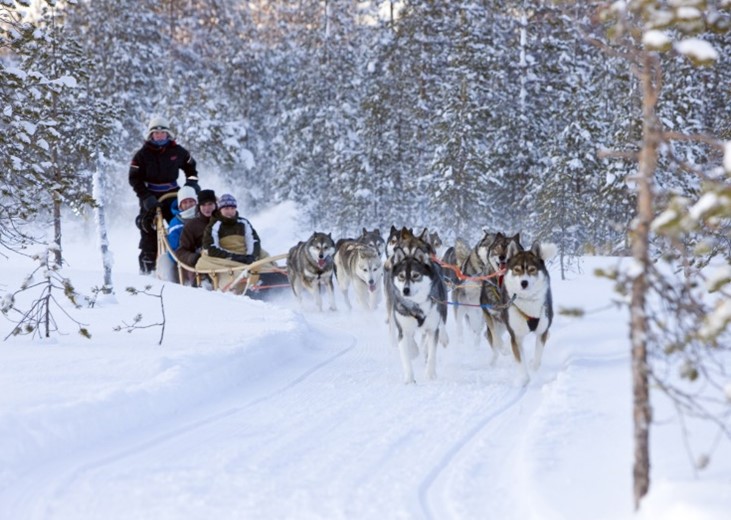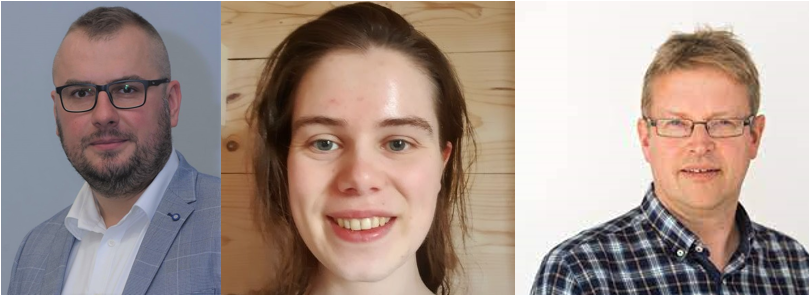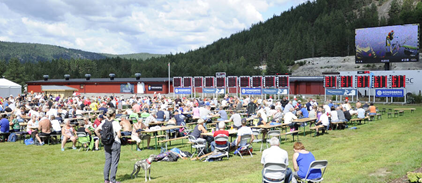Resilience, sustainability, regenerative tourism and overtourism were some of the main topics discussed at our 3rd network meeting in Bergen, Norway. On the 6th and 7th March, 2023, Western Norway University of Applied Sciences hosted our largest ever network meeting, with TourNord partners participating from Denmark (Business Academy SouthWest, Dania Academy), Finland (University of Turku), Greenland (University of Greenland), Iceland (Icelandic Tourism Research Centre), Sweden (Linnaeus University), Lithuania (Lithuania Business University of Applied Sciences) and Poland (University of Gdansk, Koszalin University of Technology)!
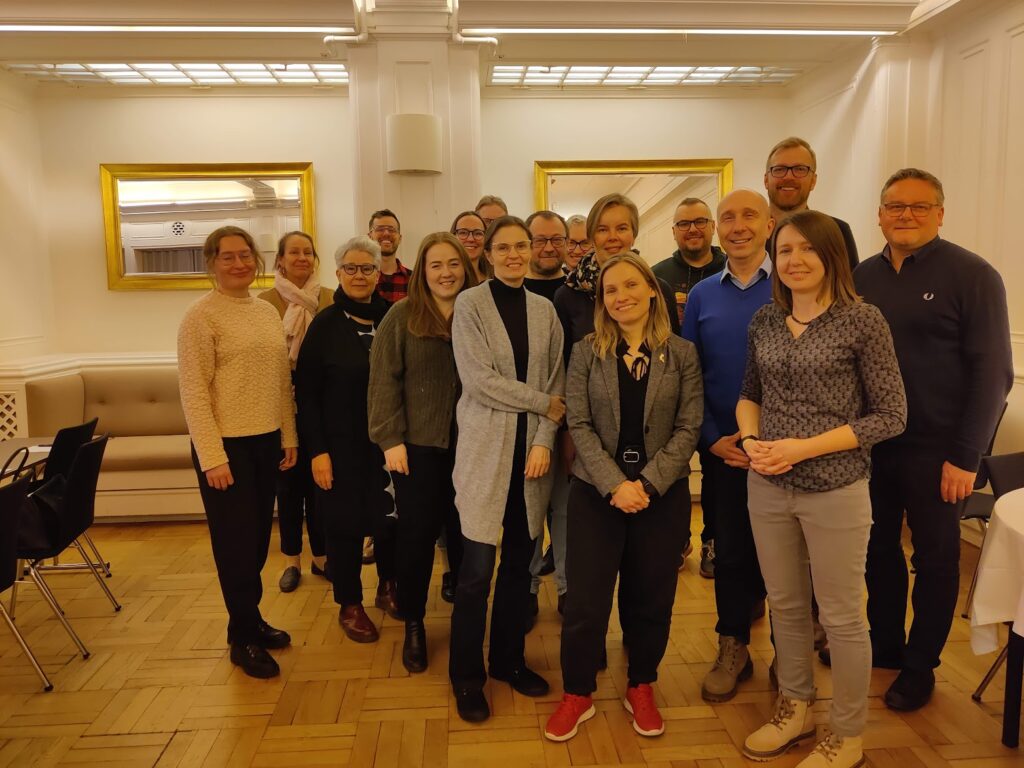
Serving as a forum for exchanging best practices and experiences for education and knowledge development within Nordic Tourism, the central themes of the network meeting were:
- Innovative and Resilient Tourism
- Sustainable tourism: Preparing students for a greener future
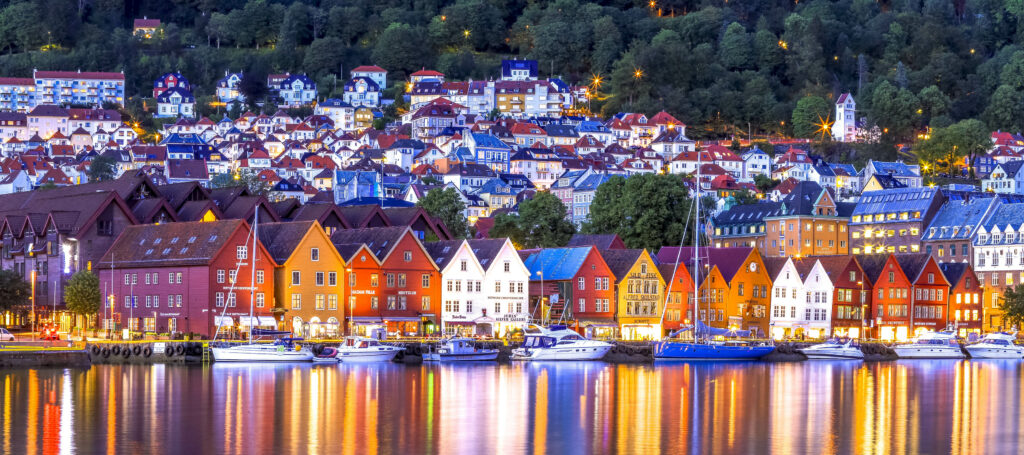
Day 1: Overtourism and sustainability in Norway? Viewpoints from an industry and academic point of view
After a warm welcome from Ove Oklevik, from the Western Norway University of Applied Sciences, and TourNord project lead Christian Dragin-Jensen, the group introduced themselves (as we had new TourNord partners participating for the first time from Lithuania, Poland and Iceland). It didn’t take long then before we went straight to the heart of the day’s topic – namely dealing with overtourism and sustainability – with a special focus on Norway.
The first presentation of the day was by Ståle Brandshaug, partner and consultant at 2469 Reiselivsutvikling, whose vast experience as not only a tourism consultant, but also as the former CEO of Visit Sognefjord and CEO of Region Stavanger, came to the forefront. Ståle challenged the media and academic notion and perceptions of overtourism in Norway, and instead suggested that due to Norway’s size and population, there was actually a case of undertourism! Ståle also challenged the notion of pointing the finger at cruise tourism as the easy scapegoat, instead suggesting that cruise tourism is easier to manage and limit, thus suggesting that land-based tourism could be the root cause of overtourism (since the tourism flow could not be controlled or managed).
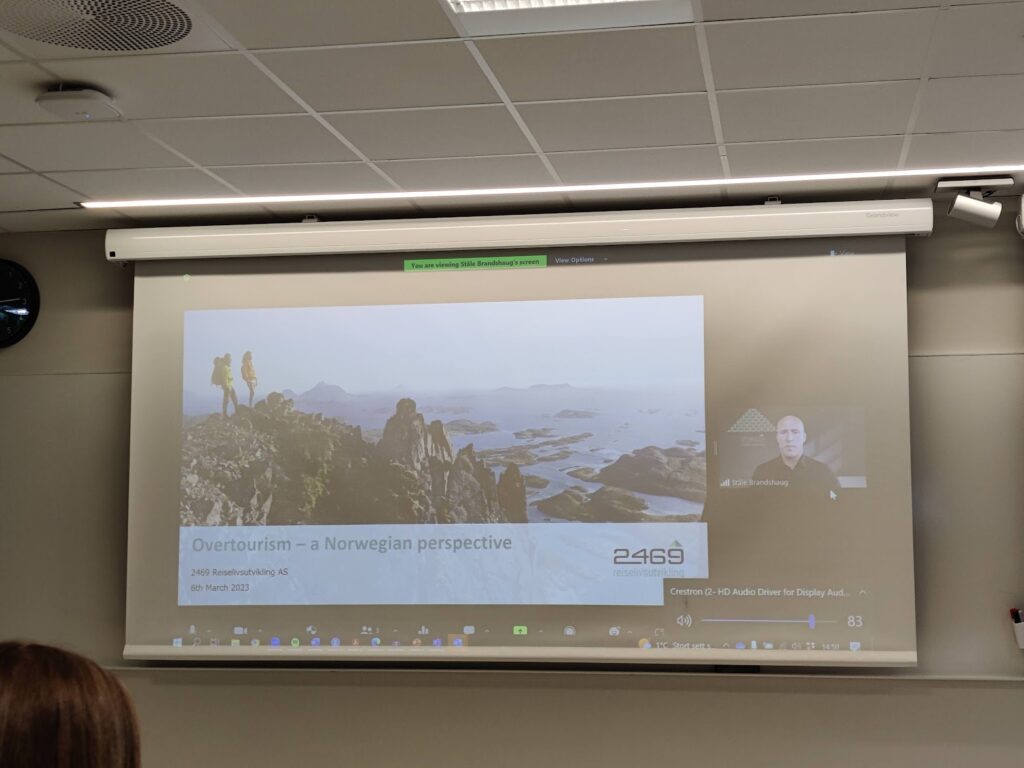
This was in stark contrast to the following presentation done by Ove Oklevik, who presented his paper: “Overtourism, optimisation, and destination performance indicators: A case study of activities in Fjord Norway”. The highly influential paper (published in the Journal of Sustainable Tourism and written with prominent scholars such as Stefan Gössling and Michael Hall), painted a very different picture to what Ståle Brandshaug presented.
These differences clearly highlighted some of the challenges we face in Nordic Tourism – balancing industry and academic viewpoints on how to progress with sustainable tourism (and defining whether we have overtourism or not!). This led to a fantastic discussion by all our partners on how such problems could be tackled and discussed, particularly also with how our tourism students need to be able to balance such different viewpoints.
The day’s program also had a presentation by Western Norway University of Applied Science’s research team – who came by to inform us of different Nordic and European funding possibilities which could be of relevance to TourNord, and led to great discussions, and finally, a decision on going for a project application!
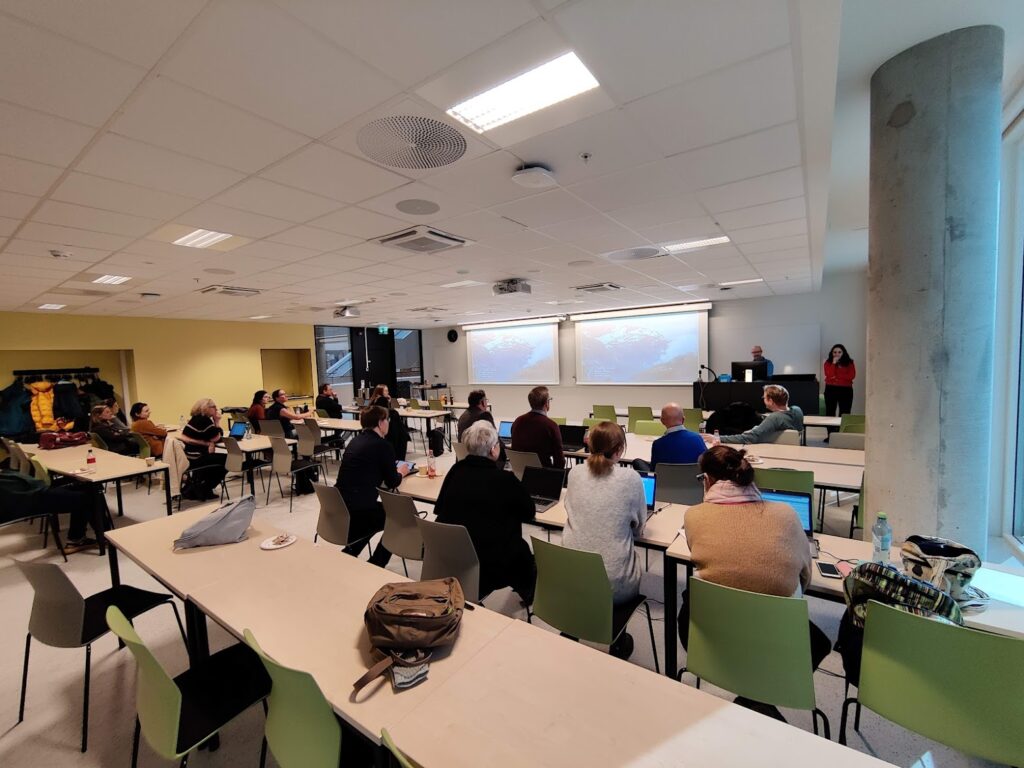
In the late afternoon, our hosts took us on an excursion of Bergen, which finished at the top of Bergen (Fløyen), where we could enjoy the beautiful sunset over Bergen and the fjord! We also found it hard to believe that Bergen is the city with the most annual rainfall when seeing this type of weather!
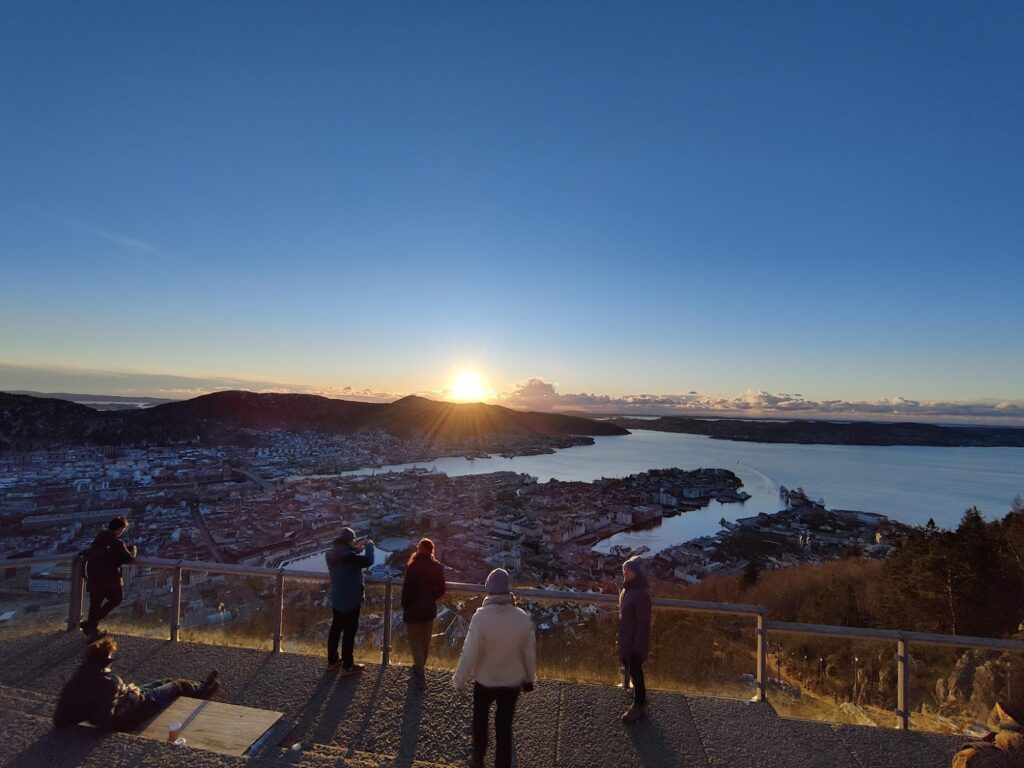
Day 2: Sustainable hotels in Bergen, sustainable lawmaking and practices in education, and centres for excellence with regenerative tourism
Our second day started at the historic Grand Hotel Terminus, a part of “De Bergenske”. It was therefore only fitting that the first order on the program was a presentation by De Bergenske CEO and Owner, Kjertil Smørås. Kjertil highlighted the uniqueness of the chain, in that they wanted to “go deep” into Bergen – becoming the foremost experts on hotels and restaurants in Bergen, as opposed to just scratching the surface in multiple cities in Norway. This was also a testament to De Bergenske’s desire to be an integral part of the Bergen identity, both on social and environmental sustainable dimensions. Kjertil also highlighed how their forthcoming hotel would be a testament that they weren’t “working with sustainability”, but rather that sustainability was at the heart of every decision, and would be as natural as a part of the hotel’s DNA. Lastly, Kjertil highlighted what type of tourist would lead to more sustainable tourism in Bergen (the cultural tourist), and how cruise tourism would be detrimental to such a strategy.
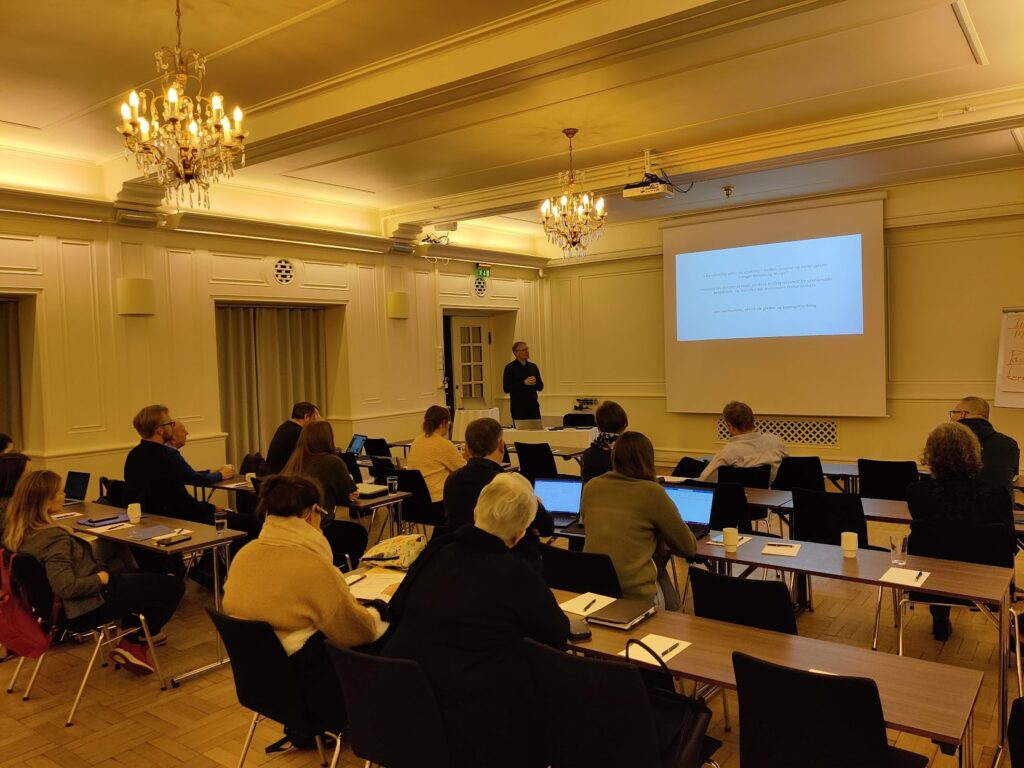
Next, a presentation came from Western Norway University of Applied Sciences’ Project leader on Sustainability, Tom Skauge. Tom provided us with a fascinating insight on how the upcoming EU-taxonomy and governmental sustainability regulations will have an impact on both the tourism industry and the educational system in Norway. His examples of zero-emission requirements for cruise ships in the Norwegian fjords, as well as the steep increase in interest in sustainability from students at their universities, highlighted the omnipresence of the climate crises, and how governmental regulations from both Norway and EU will be fundamental for securing sustainable mindsets and industries.
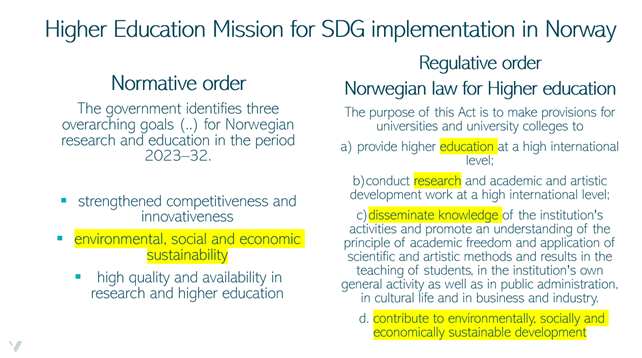
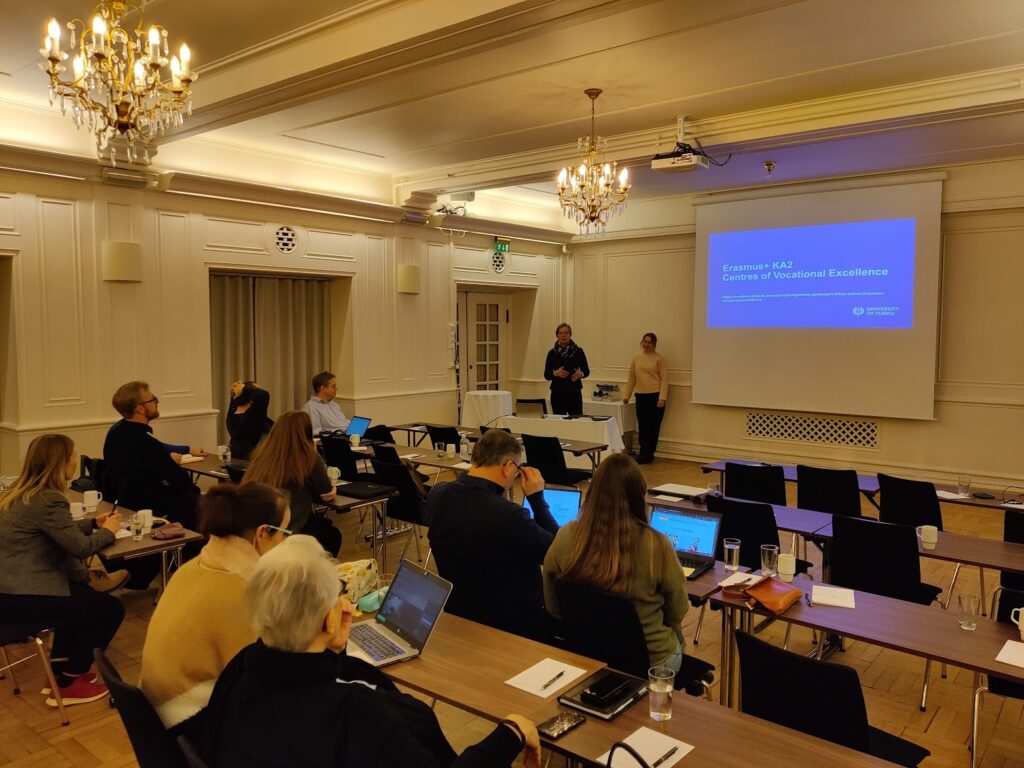
After a lovely lunch at the hotel, there was then a group discussion led by the Sari Nyroos and Johanna Aaltonen from the University of Turku, who presented an idea of how to create a centre of excellence with a focus on regenerative tourism. There were interesting concepts used here with regards to education – particularly that of open badges and micro credentials, thus lending further credence that the future of tourism education needs to evolve in order to secure the workforce that is sorely needed. Afterwards, Christian Dragin-Jensen and Grzegorz Kwiatkowski provided an update on TourNord’s book: Nordic Coastal Tourism.
The last order in the meeting room was looking forward to our 4th network meeting, which will take place in Nuuk, Greenland! Gestur Hovgaard from the University of Greenland presented some great practical information, tips (and even a bit of history about Greenland!), so we are ready to head to Greenland in August 2023!
Finally, we had an excursion to the historic UNESCO World Heritage Site Bergen Bryggen and the nearby Bergen Castle.
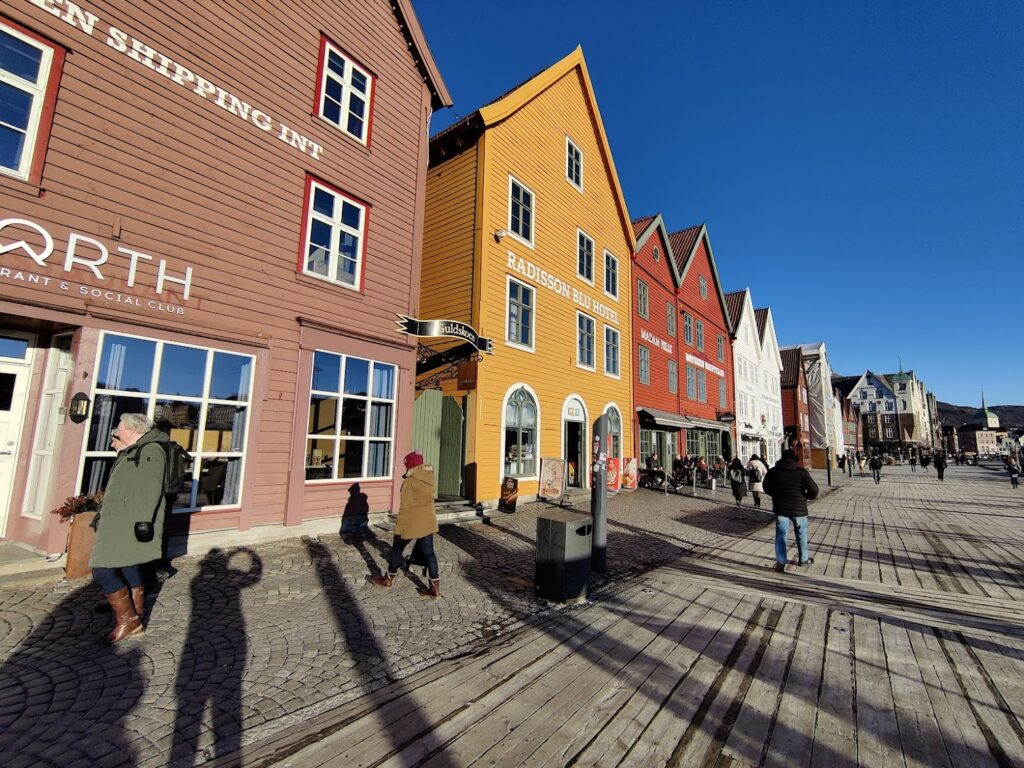
All the participating TourNord members would like to thank the Western Norway University of Applied Sciences and its partners for their warm hospitality, and a fantastic program which ensured that our network meet serve:
1. As a forum for exchanging best practices and experiences for education and knowledge development within Nordic Tourism
2. To discover and implement innovative ways of teaching to benefit educators and students in preparing them for the current/future demands of Nordic Tourism
3. To promote & advance student/staff mobility amongst partners for learning, innovation and R&D activities within NT.


